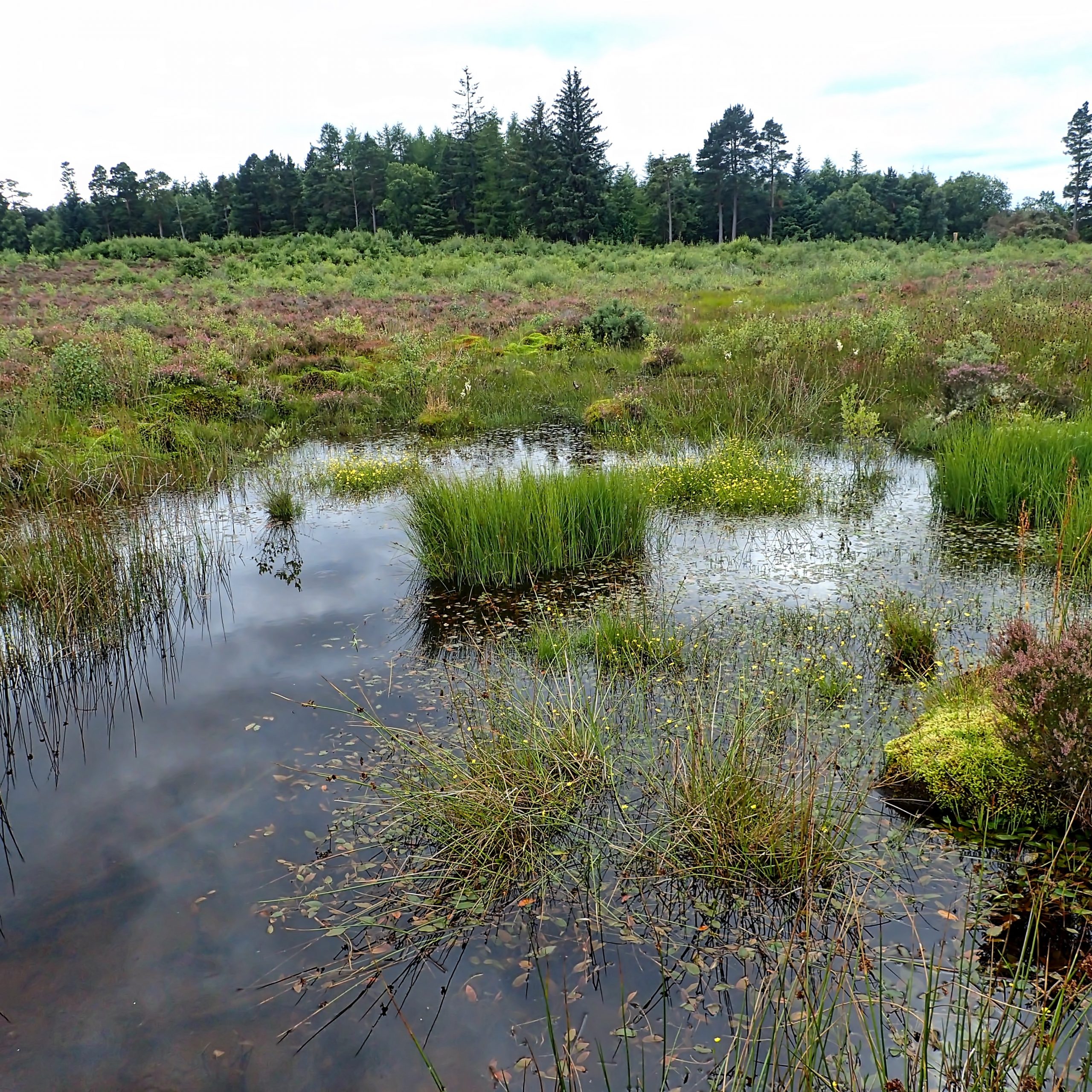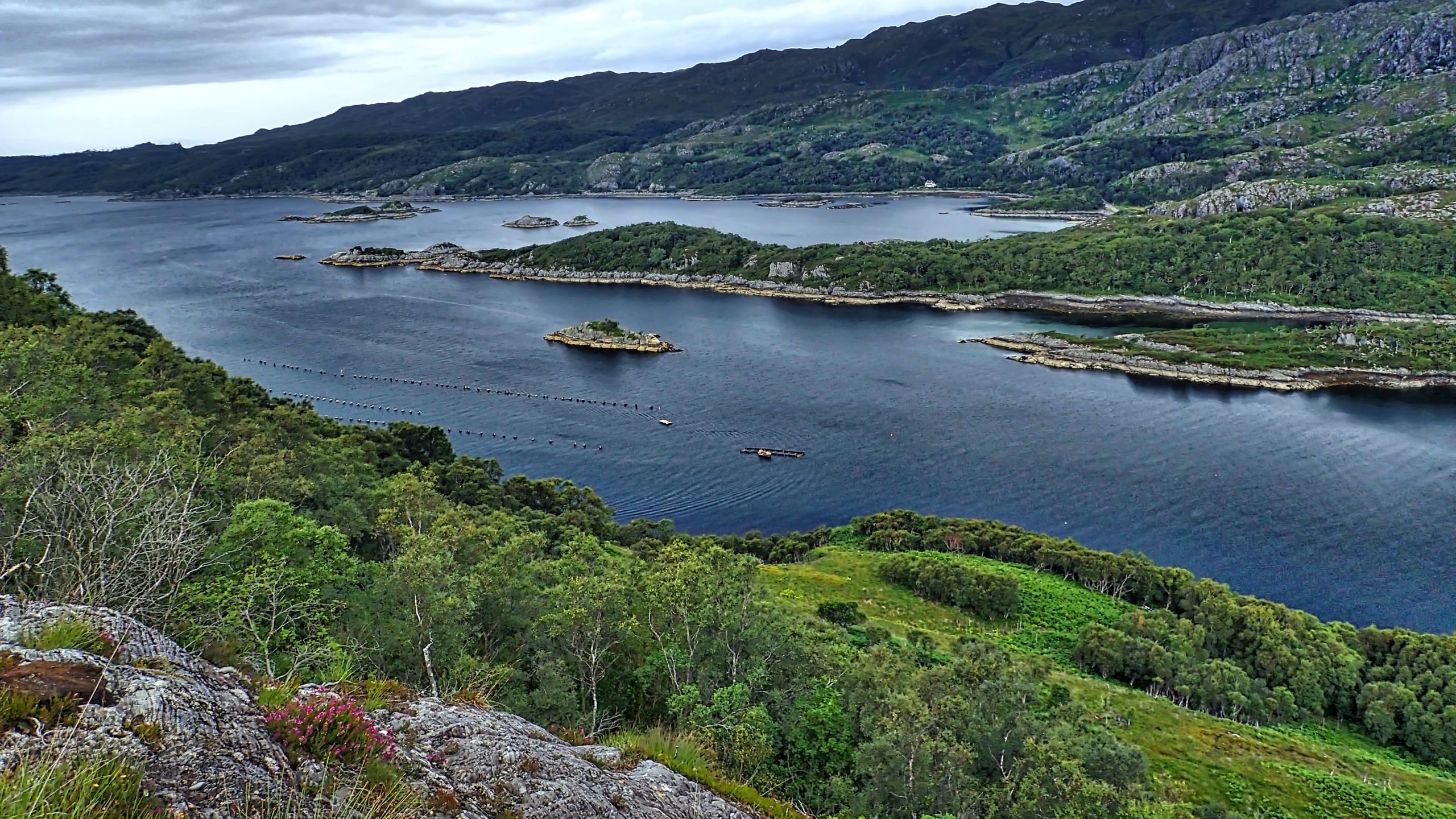On this day, 16 April in 1746 on a bleak desolate moor, about 6km east of Inverness, a battle took place which, although lasting only 40 minutes, remains an emotive event in Scottish memory, and changed the country forever by securing the Union with the United Kingdom. It could be said to have lead to a change in the balance of power in Europe and influenced Britain’s imperial expansion.
The Battle of Culloden (in Gaelic, ‘Blàr Chùil Lodair’) was not a prolonged fight, starting at about 1 pm and over by 1.40 pm. The Jacobites numbered around 6,000 men, against them was the British army of about 9,000 commanded by William, Duke of Cumberland, the younger son of King George II. His force included four Scottish-manned regiments, including a Highland unit from Argyll, a total of about 1,800 men. It was the last pitched battle in Great Britain and the last fought between Scotland and England, an uneven clash between an outdated warrior culture and a modern professional army.
The Jacobites had undertaken a march the night before intending to surprise the British at Nairn. There were disputes among the Young Pretender’s commanders over where to launch the attack; Culloden Muir had not been a consideration. However, they found themselves lined up against the government forces on the boggy, heather strewn and uneven moor.
After a short artillery barrage, the British cavalry attempted a flanking encirclement, which initiated the Jacobites to charge across the boggy ground. The Britsh were effectively placed enabling muskets and mortars to be fired into the Jacobites resulting, it is estimated, in the death or wounding of 700 men in 2-to-3 minutes. The attack ground to halt and the Jacobites began to retreat. The rout had begun.
There is no doubt that the wounded were bayoneted and stragglers and some innocent civilians shot by the British soldiers on the road to Inverness. The day after the battle up to 70 wounded men and thirteen officers were executed. There is a story of wounded prisoners being burnt alive in a barn. It is said that the officers of the Scottish regiments were among the worst perpetrators of government violence. Whether these atrocities were deliberate policies of systematic government terror amounting to ‘ethnic cleansing’ as had lately been said is somewhat contentious.
Afterwards, a demoralised Charles hid in the Scotland glens, helped by his supporters and always one step ahead of Government forces. He fled first to the Isle of Skye and then to France arriving in September 1746 where he spent the rest of his life.

The site of the battle is a very popular tourist attraction, a theme park with manicured walkways around flags marking the locations of the various regiments. I tend not to photograph such things, however, I did take just the one to illustrate the boggy terrain on Culloden Moor. I’ve included this as a supplementary image. Today’s main featured image is of Loch nan Uamh near Arisaig from where Bonnie Prince Charlie made his final departure from Scotland. The actual spot is just to the left of the white house on the far side of the loch.
The Young Pretender’s flight to Skye was immortalised in 1888 by Sir Harold Boulton in his The Skye Boat Song:
Speed, bonnie boat, like a bird on the wing,
Onward! the sailors cry;
Carry the lad that’s born to be King
Over the sea to Skye.

Leave a Reply